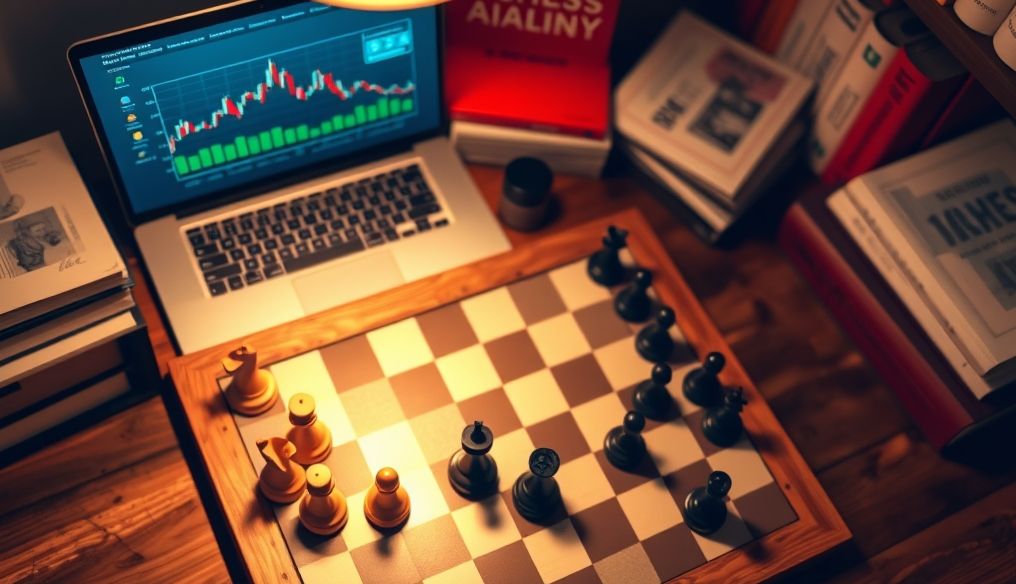Introduction to the Memory Palace: A Journey into the Depths of the Mind
The memory palace, also known as the method of loci, is an ancient memory technique that relies on associating information you want to remember with familiar places in your mind. Imagine walking through your home, with each corner or piece of furniture representing a specific piece of information. When you need to recall this information, you simply "walk" mentally through this palace and retrieve it from the locations where you placed it.
What is a Memory Palace and How Did It Originate?
The roots of the memory palace date back to ancient Greece. Legend has it that the poet Simonides of Ceos survived the collapse of a building during a banquet and was able to identify the bodies of the victims based on their seating positions. This event inspired him to develop a technique of associating information with locations, which later became the foundation of the method of loci.
Over the centuries, orators, philosophers, and scientists have used the memory palace to remember long speeches, complex arguments, and long lists of facts. Even in modern times, it is still widely used by competitors in memory competitions and professionals in various fields.
How the Memory Palace Works: The Mechanism of Association and Visualization
The memory palace relies on two basic principles:
- Association: Linking the information you want to remember to a clear and distinctive mental image.
- Visualization: Placing these mental images in specific locations in a familiar place.
When you need to recall the information, you imagine walking through this place and retrieving the mental images from the locations where you placed them. This creates a strong mental pathway that facilitates access to the information.
Example: To remember a shopping list (milk, eggs, bread, apples), you can imagine seeing a river of milk flowing from your front door, eggs flying around in the living room, a loaf of bread jumping on the sofa, and an apple tree growing in the backyard.
Steps to Build Your Own Memory Palace: A Practical Guide
- Choose a Familiar Place: Start by choosing a place you know well, such as your home, your route to work, or your school.
- Identify Locations: Divide this place into a series of distinct and ordered locations. For example, in your home, the locations could be the front door, the hallway, the living room, the kitchen, the bedroom, etc.
- Associate Information with Locations: When you want to remember information, create a clear and distinctive mental image for it, then place it in one of the locations in your palace. Make the image as funny, bizarre, or unusual as possible, as this will help you remember it better.
- Practice Walking Through Your Palace: Imagine walking through your palace and visiting each location one by one. Recall the mental images you placed in each location. Repeat this process regularly to strengthen the memory.
Tips to Improve the Effectiveness of Your Memory Palace
- Use the Senses: Try to involve all your senses in the mental images you create. Imagine a smell, a sound, or a texture associated with the information.
- Make the Images Vivid and Detailed: The more vivid and detailed the mental images, the easier it will be to remember them.
- Use Spaced Repetition: Review the information you placed in your palace at spaced intervals to strengthen long-term memory.
- Be Creative: Don't be afraid to be creative and bizarre in the mental images you create. The more unusual the images, the easier it will be to remember them.
Is the Memory Palace Suitable for Everyone?
Yes, in principle, anyone can learn and use the memory palace. However, some people may find it more difficult than others to visualize and create mental images. Regular practice and patience are key to mastering this technique.
Studies and Research: Many studies have shown that the memory palace can significantly improve the ability to remember information, even in people with memory problems.
Benefits of Using the Memory Palace in Daily Life
- Improved Memory: The ability to remember long lists of information, such as shopping lists, people's names, dates, and facts.
- Increased Focus: Helps to focus on the information you want to remember and avoid distractions.
- Enhanced Creativity: Helps to connect ideas and information in new and innovative ways.
- Reduced Stress: Can reduce the stress and anxiety associated with forgetting important information.
Applications of the Memory Palace in Different Fields
- Education: Remembering facts, dates, and equations.
- Business: Remembering client names and presentations.
- Law: Remembering case details and legal arguments.
- Medicine: Remembering drug names, symptoms, and diseases.
Myths About the Memory Palace
- The Memory Palace is Only for Geniuses: This is not true. Anyone can learn and use the memory palace with practice.
- The Memory Palace is Complex and Difficult to Learn: Although it requires some effort and practice, the memory palace is not as complex as it seems.
- The Memory Palace is a Waste of Time: On the contrary, the memory palace can save you a lot of time and effort in the long run by improving your ability to remember information.
Conclusion: The Memory Palace is Your Key to a Strong Memory
The memory palace is a powerful tool that can help you improve your memory, increase your focus, and enhance your creativity. Whether you are a student, a professional, or just someone who wants to improve their cognitive abilities, the memory palace is worth trying. Start building your own palace today and enjoy the benefits of a strong memory!




